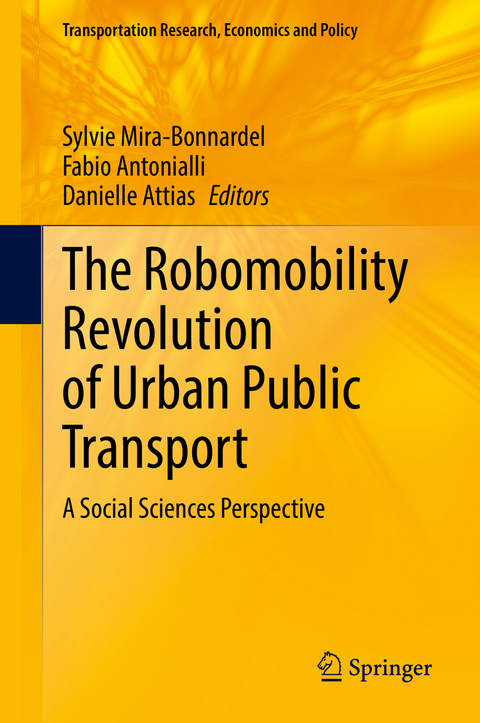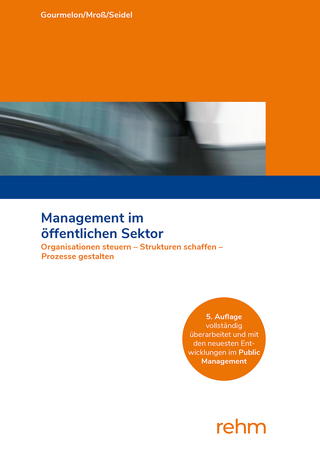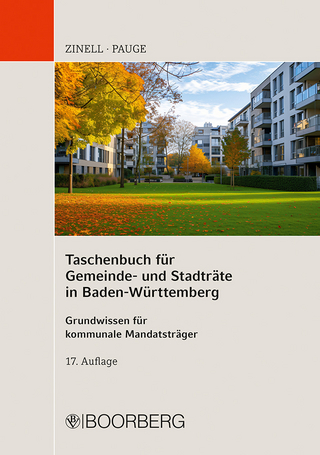
The Robomobility Revolution of Urban Public Transport
Springer International Publishing (Verlag)
978-3-030-72975-2 (ISBN)
Over the past two decades, society has been witnessing how technological, political, and societal changes have been transforming individual and collective urban mobility. Driven both by newcomers and traditional players, by disruptive as well as incremental innovations, the main objective now is to enhance mobility and accessibility while, reducing vehicle ownership, congestion, road accidents, and pollution in cities.
This transformation has been mainly enabled by the widespread adoption of internet-connected devices (e.g.: smartphones and tablets) and by the innovative business models, technologies, and use-cases that arose from this rapid digitalization, such as peer-to-peer, and two-sided markets providing several mobility schemes: car-sharing, car-pooling, bike sharing, free-floating (cars, bikes, electric scooter), ridesharing and ride hailing either for long distances as well as for urban and micro-mobility.
The book presents - in a holistic perspective - howthis revolution is happening and what are the major cornerstones for the implementation of robomobility. It aims at answering several substantial issues, such as: What is robomobility and what does it imply for the different stakeholders of the public transport ecosystem? How do policy makers integrate this innovation and how ready the regulations are? How do citizens take part in this transformation? What is the level of user acceptance for this new type of mobility? What are its environmental impacts? What is the economic impact of deploying these shuttles in a local ecosystem?
lt;p>Sylvie Mira Bonnardel is an Assistant Professor in Business Administration at École Centrale Lyon - Lyon University (France). Her research mainly deals with innovation strategy linked with networking process leading to open innovation and entrepreneurial dynamics. She has addressed different mobility issues, developing an expertise on new forms of mobility, in particular robomobility. She teaches Strategic Management and Corporate Finance.
Fabio Antonialli holds a Ph.D in Business Administration from Universidade Federal de Lavras (UFLA, Brazil), and is a former Post-Doctoral researcher in Economics and Management at École CentraleSupélec - Paris-Saclay University (France). Currently he is a Researcher/Lecturer in Business Administration at École Centrale Lyon - Lyon University (France). His research interests include business models and business platforms for autonomous vehicles, urban mobility, productive chains, consumer behavior, organizational networks and innovation. He has experience in general administration, human resources, business strategies, marketing, logistics. He teaches Strategic Management, Marketing and Project Management.
Danielle Attias is an Emeritus Professor in Economics and Management at École CentraleSupélec CentraleSupélec - Paris-Saclay University (France). Passionate about innovation and mobility, Dr. Danielle Attias managed a prospective research chair on electromobility in partnership with Peugeot-Citroën. She participated in an expert commission on mobility within the O.P.E.S.CT. (Parliamentary Office for the Evaluation of Scientific and Technological Choices). She is currently supervising the AVENUE project on the deployment of autonomous shuttles in urban centers.
Introduction.- Part I: Robomobility implementation into public transport networks.- Chapter 1: Autonomous on-demand vehicles and the (r)evolution of public transport business models.- Chapter 2: Evolution of Government Policy for Autonomous Mobility: Korean and French cases and their differences.- Chapter 3: How to assess Regulation Openness for Autonomous Driving in public transport? The ROAD Index.- Chapter 4: Economic Assessment of Services with Intelligent Autonomous Vehicles: EASI-AV.- Chapter 5: From demonstrator to public service: the AVENUE experience.- Part II: Integrating robomobility in the larger perspective of urban mobility innovation embedded in societal contexts.- Chapter 6: Recommendations for a user-centered design of mobility solutions.- Chapter 7: The integration of innovative mobility into the urban transport network: A literature review.- Chapter 8: Public transport in emerging countries: from old dilemmas to opportunities for transition to sustainable mobility through the case of Brazil.- Chapter 9: MaaS as a catalyst for the Public Transport Revolution in Developing Countries.- Chapter 10: Reflexions on urban mobility governance: moving towards tomorrow's robomobility.- Conclusion.- Index.
| Erscheinungsdatum | 02.09.2021 |
|---|---|
| Reihe/Serie | Transportation Research, Economics and Policy |
| Zusatzinfo | XVI, 218 p. 37 illus., 32 illus. in color. |
| Verlagsort | Cham |
| Sprache | englisch |
| Maße | 155 x 235 mm |
| Gewicht | 511 g |
| Themenwelt | Sozialwissenschaften ► Politik / Verwaltung ► Staat / Verwaltung |
| Technik ► Bauwesen | |
| Wirtschaft | |
| Schlagworte | autonomous mobility • Autonomous Vehicles for Collective Transport • Governance • Innovation • Public Transport • robomobility • urban public transport |
| ISBN-10 | 3-030-72975-3 / 3030729753 |
| ISBN-13 | 978-3-030-72975-2 / 9783030729752 |
| Zustand | Neuware |
| Haben Sie eine Frage zum Produkt? |
aus dem Bereich


